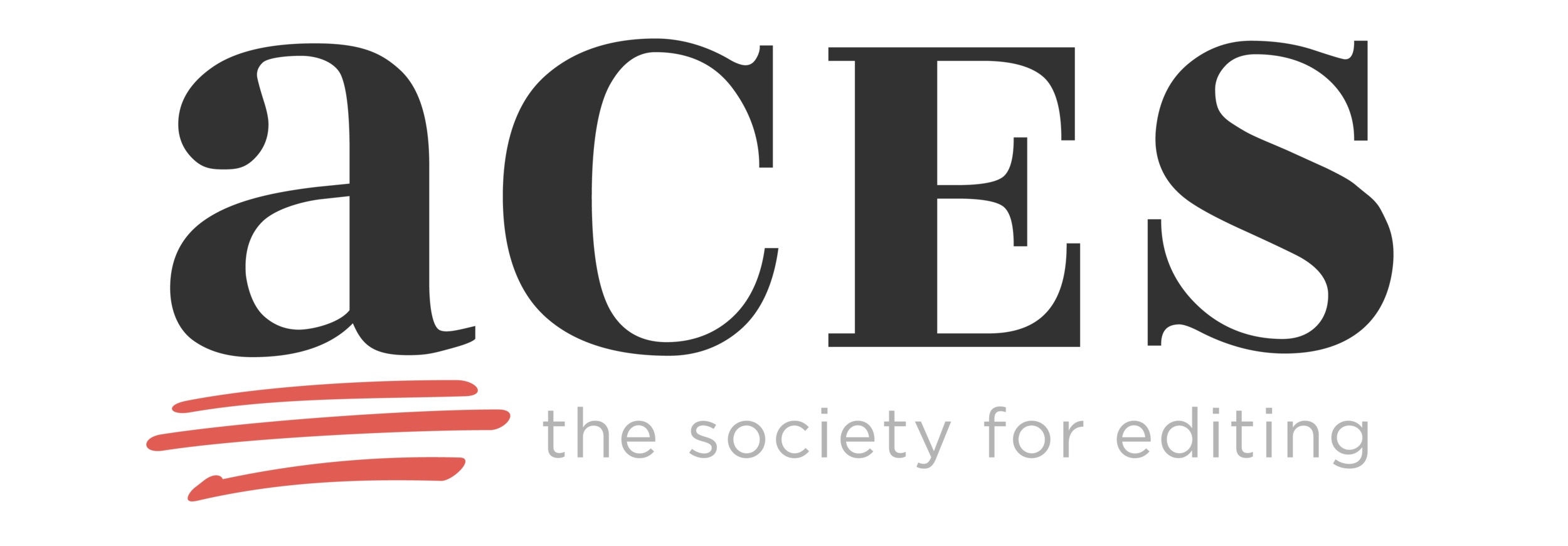The Joy of Style (Guide)
/How rules for your content – known as a house style guide – can make your life easier.
If you’re an RB Editing & Writing client, I’ve probably shared with you a Google Doc with a list of terms, names, instructions on how to write certain words and other information. Hopefully, I told you it’s your in-house style guide, and invited you to look at it, comment on it, request additions, etc. Your in-house style guide complements the external style guide (AP Style, Chicago Manual of Style, etc.) we use when writing, editing or proofreading work for you.
So, why do you need two content style guides? Here are two dirty little secrets of editing:
Sometimes, there is more than one correct way to write something.
Consistency is more important than correctness.
Your house content style guide tells anyone using it which choices to make when they're writing. What is the preferred short form of your organization’s name? How is the organization's top executive referenced in written communications? Do you indicate morning times by using am, AM, or a.m.? Do you use a serial comma?
Here's a piece of one of our clients' house style guides:
There are dozens of questions a content style guide can answer. And it saves you from having to remember “how we write that.”
A style guide keeps all of your organization’s communications consistent. And that’s important because inconsistencies in grammar, word use or formatting “pull the reader out of the content, and this break in focus impacts engagement,” as the WordStream Blog notes in a recent post.
If you don’t already have a house content style guide, WordStream offers six steps to creating a house style guide; it's a great way to get started. We’ve compiled a useful handout that can help you as well.
With a house content style guide, you’ll save time and improve the writing of everyone in your organization.
(Of course, if you’d rather not do it on your own, RB Editing & Writing can help you create a house content style guide. Contact us to get started.)








